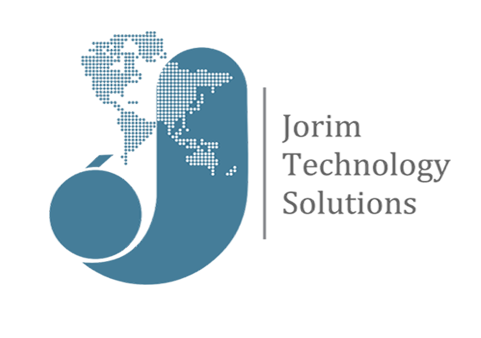PaaS
PaaS provides a cloud-based platform for developing, running, managing applications. The cloud services provider hosts manages and maintains all the hardware and software included in the platform—servers (for development, testing and deployment), operating system (OS) software, storage, networking, databases, middleware, runtimes, frameworks, development tools—as well as related services for security, operating system and software upgrades, backups and more.
Users access the PaaS through a graphical user interface (GUI), where development or DevOps teams can collaborate on all their work across the entire application lifecycle including coding, integration, testing, delivery, deployment and feedback.
Examples of PaaS solutions include AWS Elastic Beanstalk, Google App Engine, Microsoft Windows Azure and Red Hat OpenShift on IBM Cloud.
Benefits of PaaS:
The primary benefit of PaaS is that it allows customers to build, test, deploy run, update and scale applications more quickly and cost-effectively than they might if they had to build out and manage their own on-premises platform. Other benefits include
- Faster time to market: PaaS enables development teams to spin-up development, testing and production environments in minutes, rather than weeks or months.
- Low- to no-risk testing and adoption of new technologies: PaaS platforms typically include access to a wide range of the latest resources up and down the application stack. This allows companies to test new operating systems, languages and other tools without having to make substantial investments in them, or in the infrastructure required to run them.
- Simplified collaboration: As a cloud-based service, PaaS provides a shared software development environment, giving development and operations teams access to all the tools they need, from anywhere with an Internet connection.
- A more scalable approach: With PaaS, organizations can purchase extra capacity for building, testing, staging and running applications whenever they need it.
- Less to manage: PaaS offloads infrastructure management, patches, updates and other administrative tasks to the cloud service provider.
PaaS use cases:
PaaS can advance several development and IT initiatives including:
- API development and management: With its built-in frameworks, PaaS makes it easier for teams to develop, run, manage and secure APIs for sharing data and functionality between applications.
- Internet of Things (IoT): PaaS supports a range of programming languages (Java, Python, Swift and more), tools and application environments used for IoT application development and real-time processing of data from IoT devices.
- Agile development and DevOps: PaaS solutions typically cover all the requirements of a DevOps toolchain, and provide built-in automation to support continuous integration and continuous delivery (CI/CD).
- Cloud-native development and hybrid cloud strategy: PaaS solutions support cloud-native development technologies—microservices, containers, Kubernetes, serverless computing—that enable developers to build once, then deploy and manage consistently across private cloud, public cloud and on-premises environments.
